Ingleside Terraces in 10 Slides
The horse-racing track turned into residence park (with one big sundial).
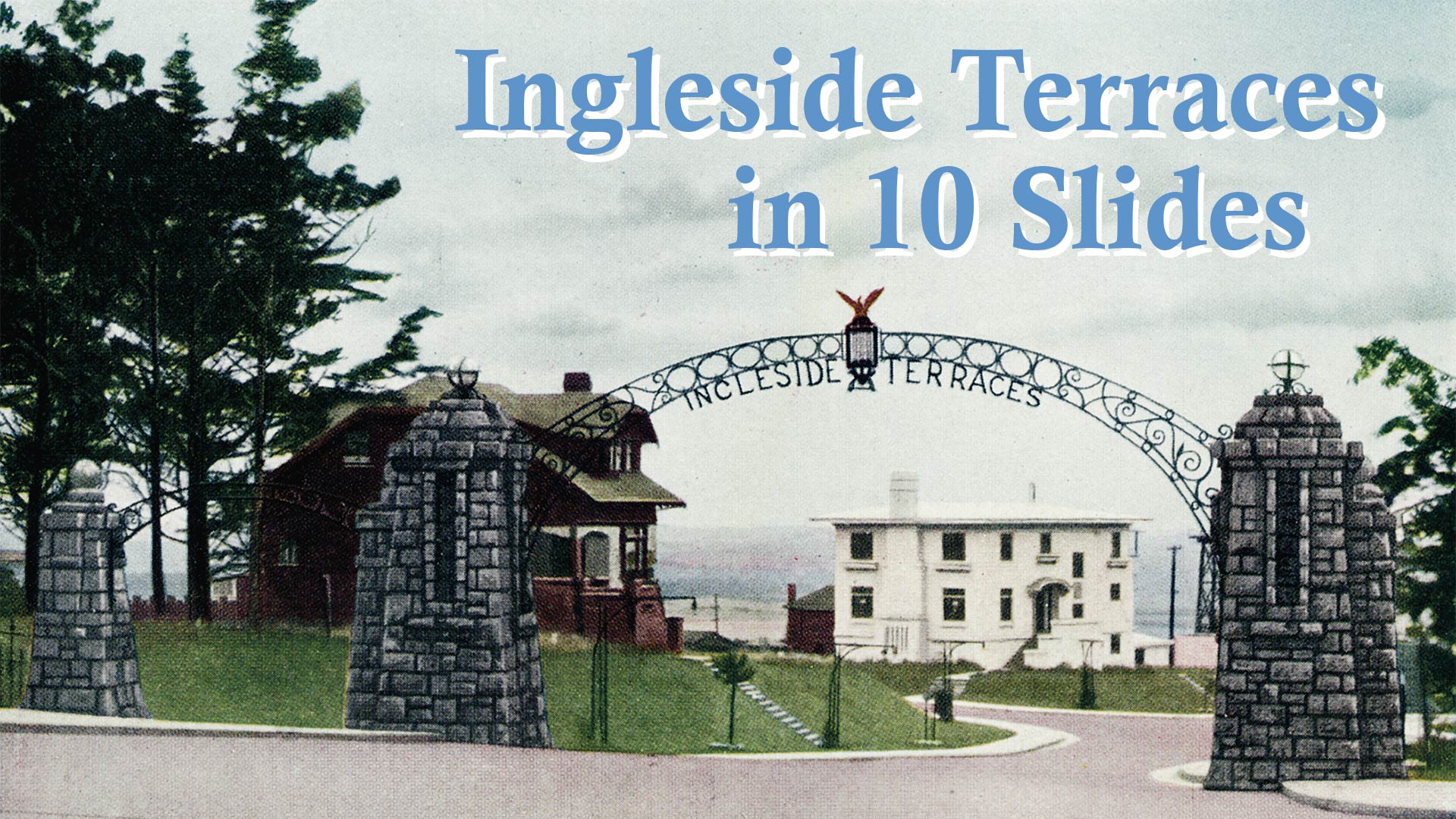
Video? Yes, video! Or you can keep scrolling and read like yer grandma did.
This San Francisco Story is the tale of a horse racing track turned into a high-class master-planned neighborhood of fine homes and one big concrete sundial. I wrote a book about the whole thing:
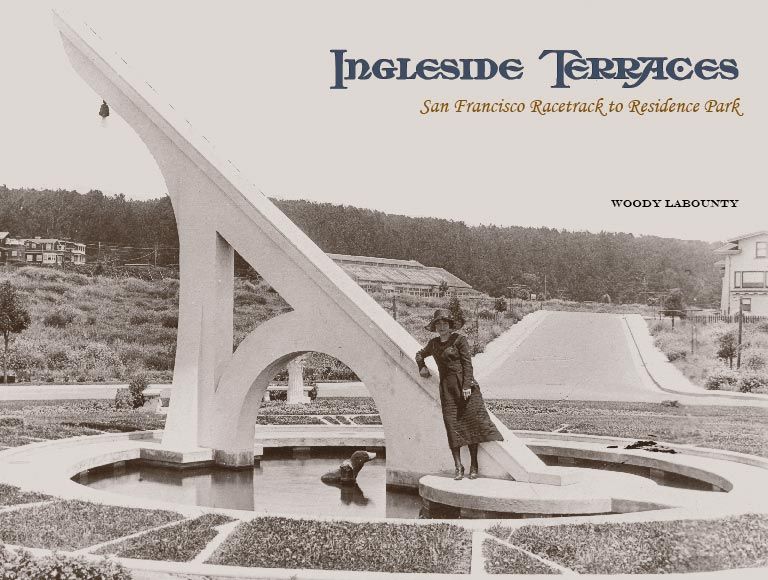
The print books are sold out, but you can get a digital version of Ingleside Terraces: Racetrack to Residence Park.
Ingleside Terraces is a unique neighborhood situated in the southwest corner of the city just east of San Francisco State University. I encourage you to go for a walk around the tract and see the crazy—and accurate!—sundial.
Now, in (roughly) ten slides, this is the San Francisco Story of Ingleside Terraces:

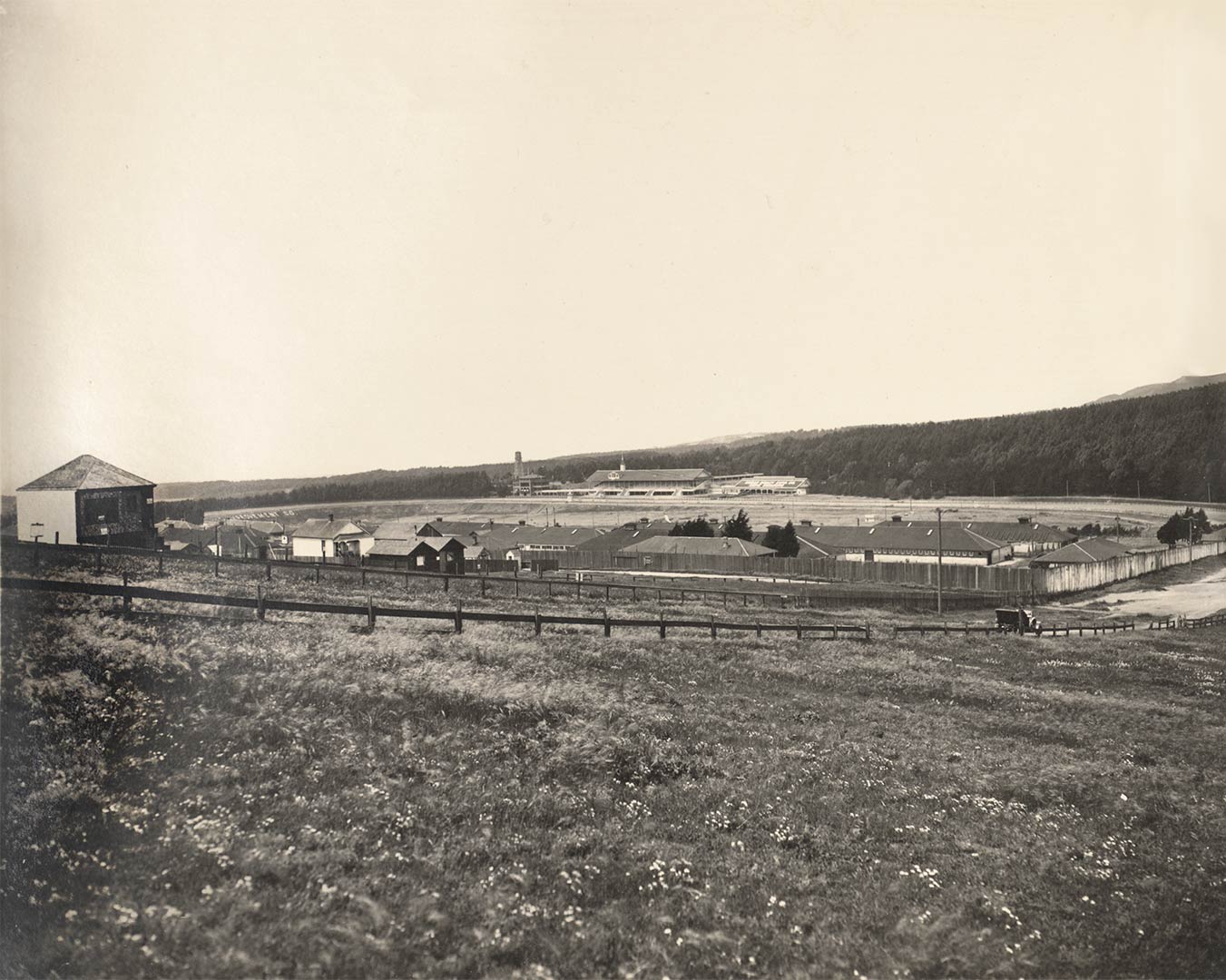
Number 1: In the early 1890s, the land just south of Mount Davidson was a mix of small farms and pasture bordering an immense forest planted by land owner Adolph Sutro. He sold some of this property to a consortium of sporting men seeking to build the west’s premier horse track.
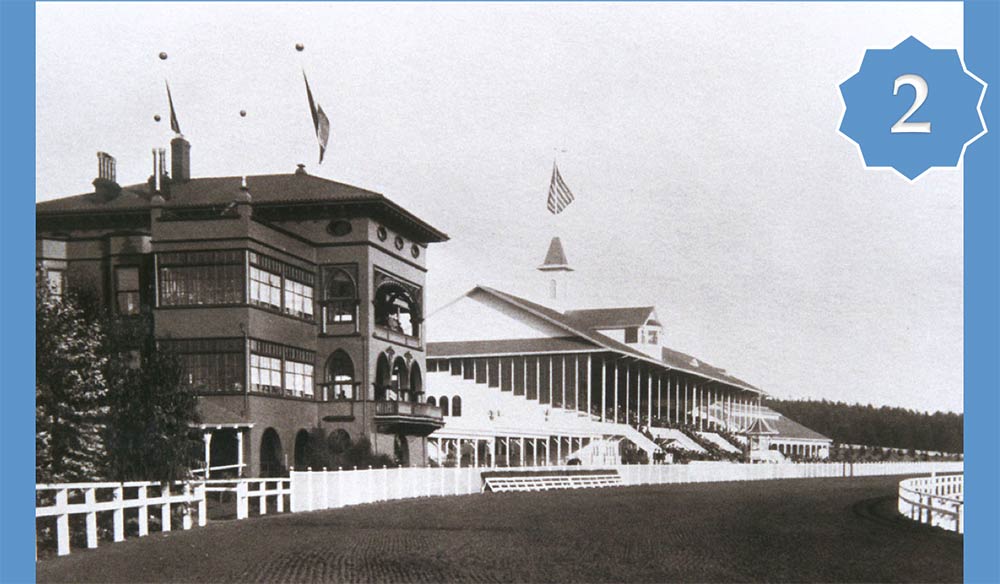
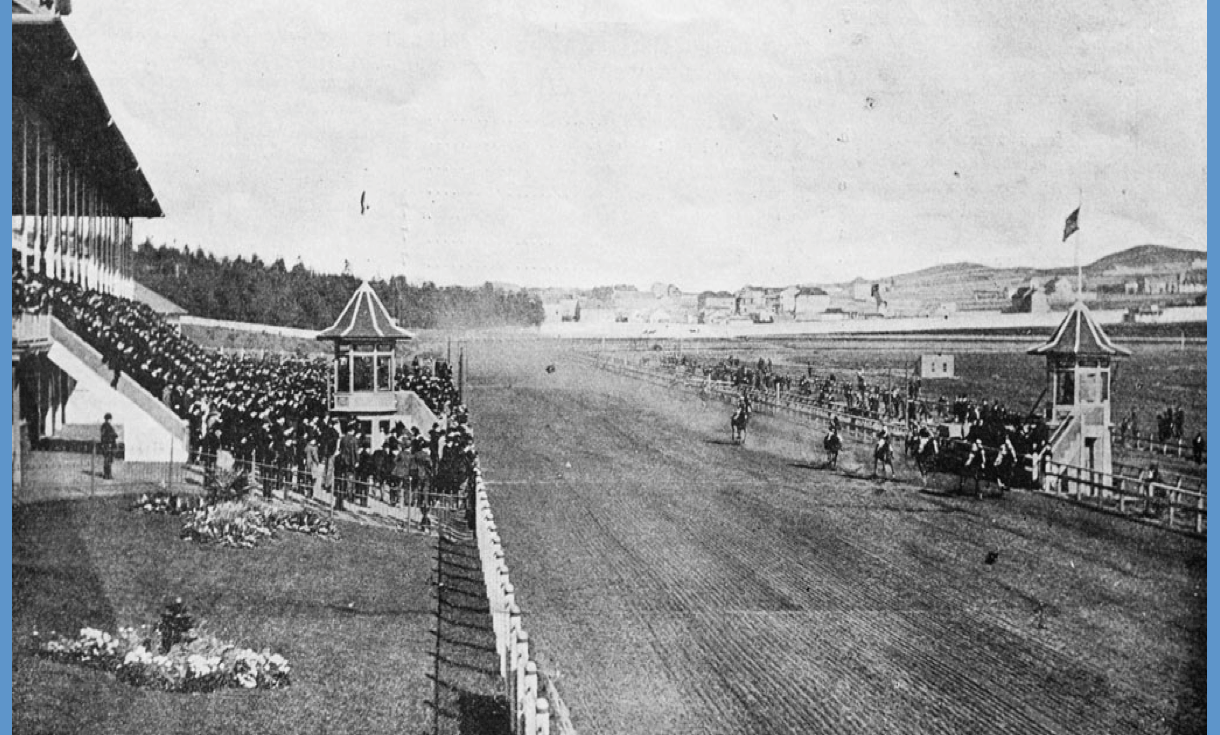
Number 2: On Thanksgiving Day, 1895, the Ingleside track opened. A steam train spur and a streetcar line extension, laid down in just six days, delivered 10,000 people to eat, drink, bet, and cheer on the racing thoroughbreds.
A great start, but outside of grand opening days, Ingleside Track struggled. It was cold, foggy, and a long trek from downtown. Race-goers could get to tracks in the sunny east bay faster. Ingleside closed in 1905.
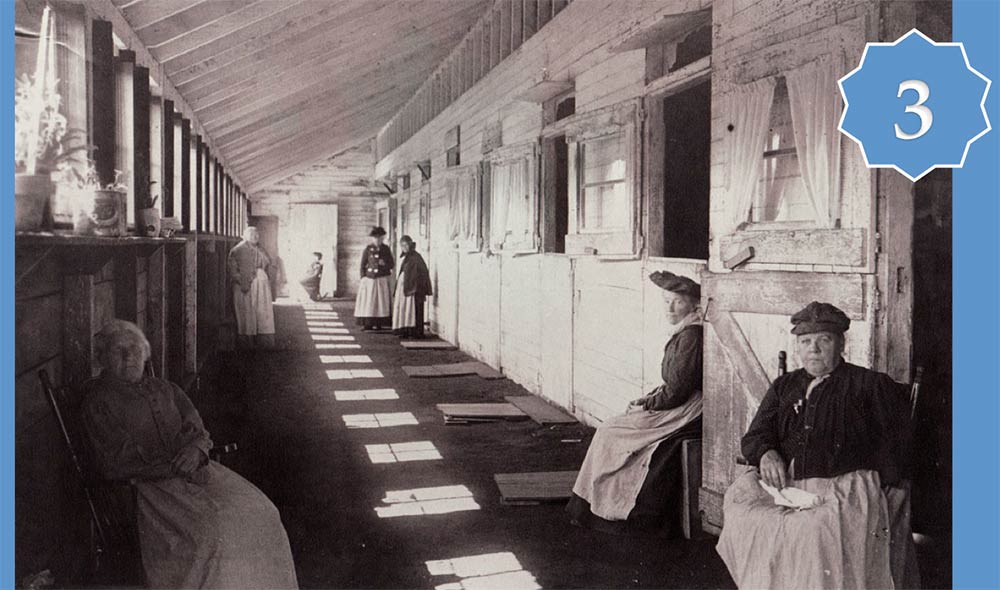
Number 3: After the 1906 San Francisco earthquake and fire, the track and its facilities were transformed into a camp for the most vulnerable of refugees burned out of their homes by the disaster. Old stables were fitted out as living quarters.

Number 4: In 1910, architect Joseph Leonard and his partners bought the old track with plans to create a landscaped, master-planned development of high-end homes. This would be a "residence park," with curving streets, cul-de-sacs with small parks, decorative columns and gateways, and, as was popular with these exclusive communities, restrictive deed covenants running with the land.
This was an era before widespread municipal zoning laws and the deed covenants of these private residence parks offered buyers an assurance that the neighbor couldn’t build to the fence line or open a slaughterhouse or tannery next door. But they were also explicitly racist, banning minority residence or ownership in these developments.
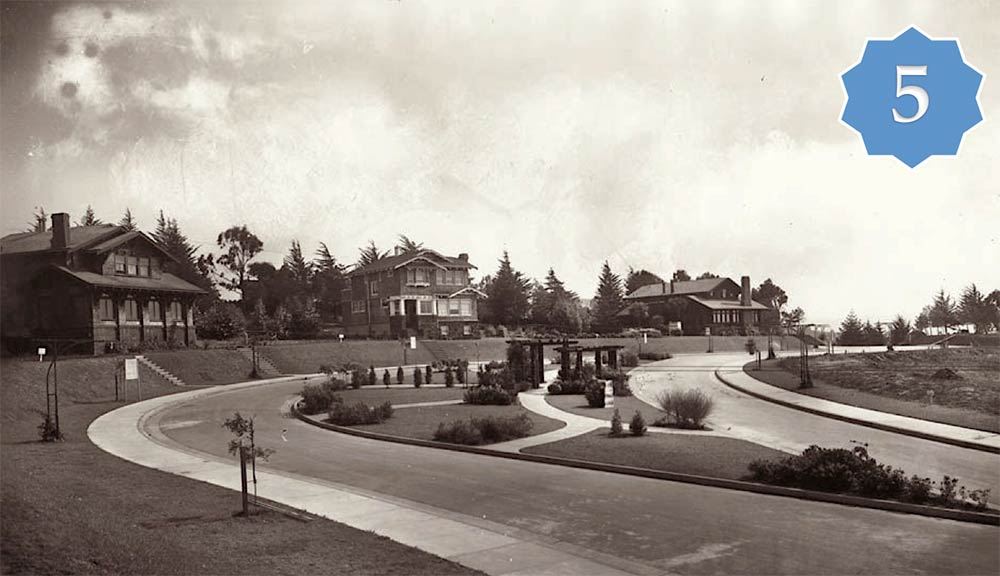
Number 5: Leonard’s Urban Realty Improvement Company built beautiful houses with fine interior finishes, mostly in the Arts and Crafts style. Utility wires were tucked out of sight into alleys while the streets of Ingleside Terraces had small parks, sidewalk plantings, pergolas, and rose-trellised streetlamps. The view above looks south on Moncada Way. Joseph Leonard’s own home is on the right at 90 Cedro Avenue.
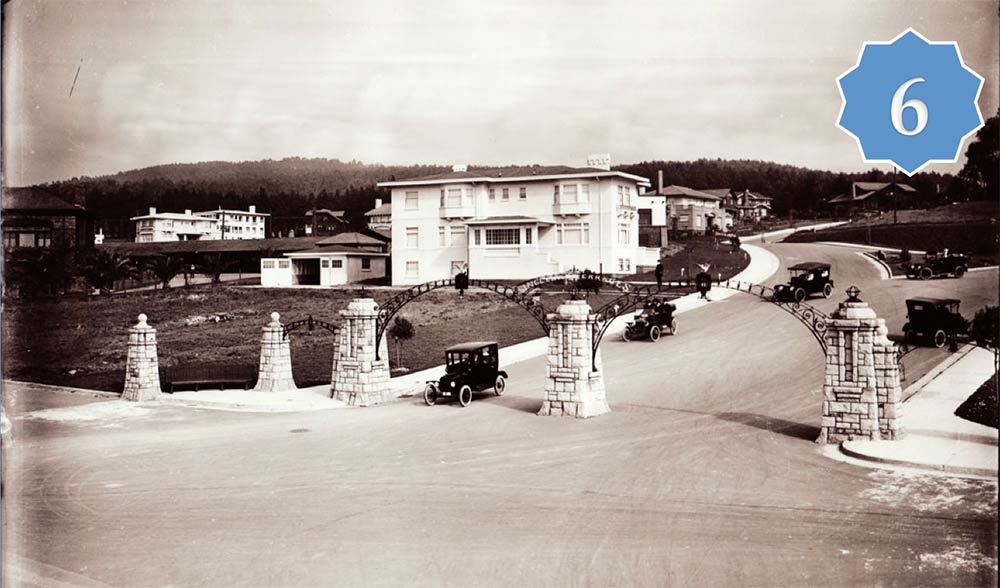
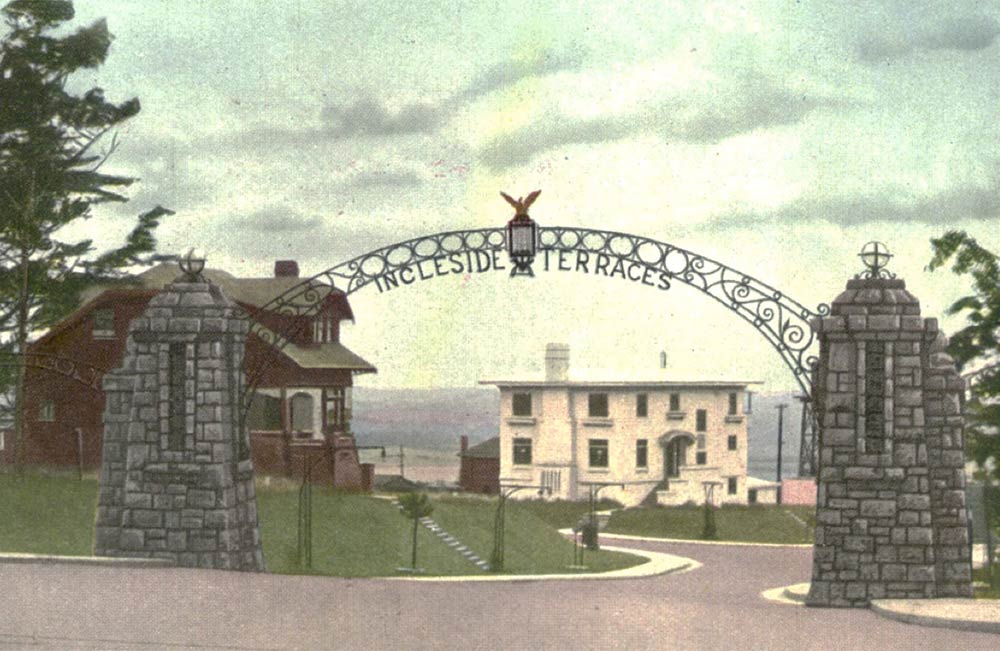
Number 6: Along Ocean Avenue and Junipero Serra Boulevard elaborate gateways greeted visitors and potential buyers. Colusa sandstone pillars supported decorative iron arches emblazoned with shields and the neighborhood name. The arches didn’t last too long, likely because they impeded modern fire trucks, but the massive gray pillars—slightly modified—still stand.
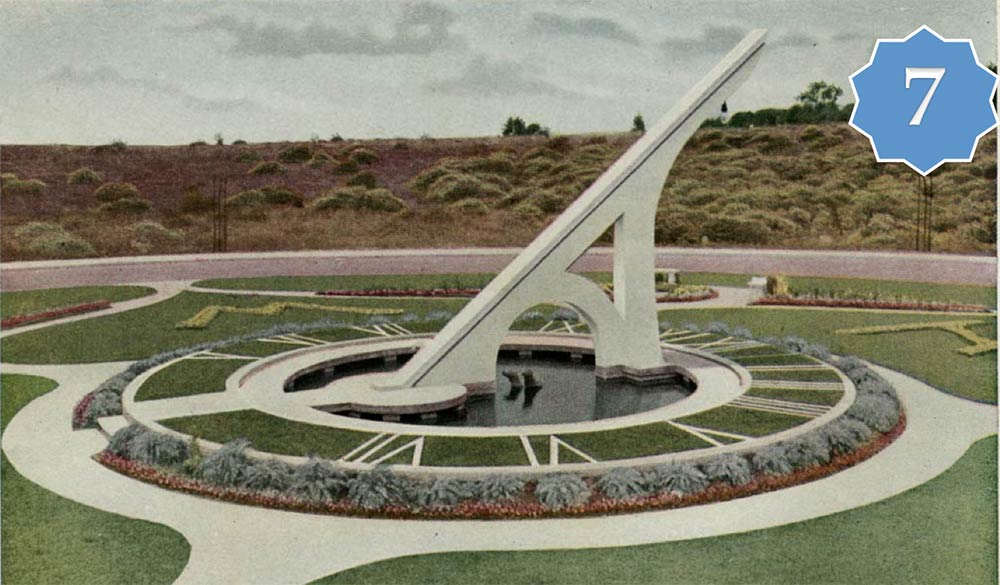
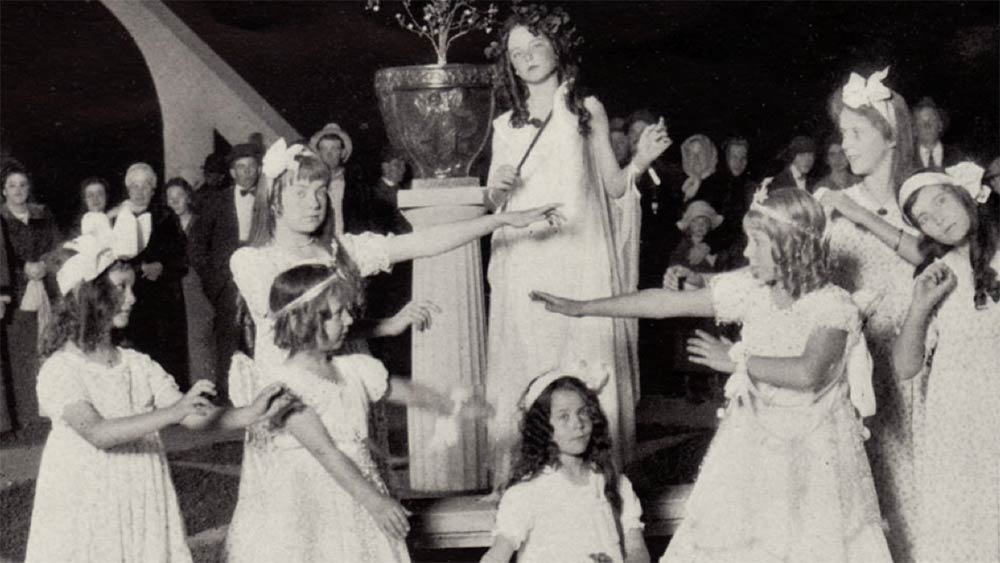
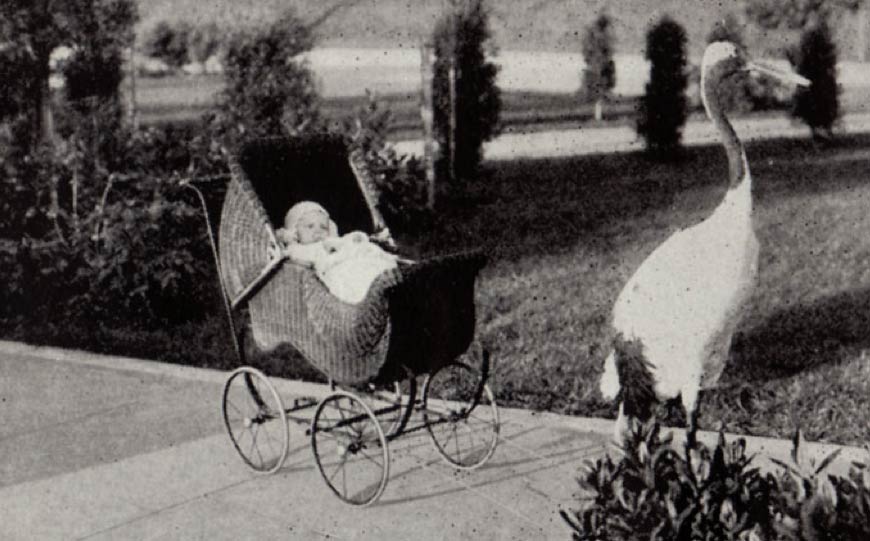
Number 7: In 1913, with sales slow, Leonard must have realized the gateways weren’t enough. Neighboring residence parks such as Forest Hill and St. Francis Wood had even more imposing landscape features— majestic staircases, enormous urns, large fountains. So Joseph Leonard decided to create a park on Entrada Court featuring what he described as the world’s largest sundial. It wasn’t, but it did have a reflecting pool with seals' heads sticking out. The park was dedicated on October 10, 1913, with a fanciful pageant of children dressed in classical robes and the first babies born in Ingleside Terraces pulled in carriages by live storks. Very crazy.
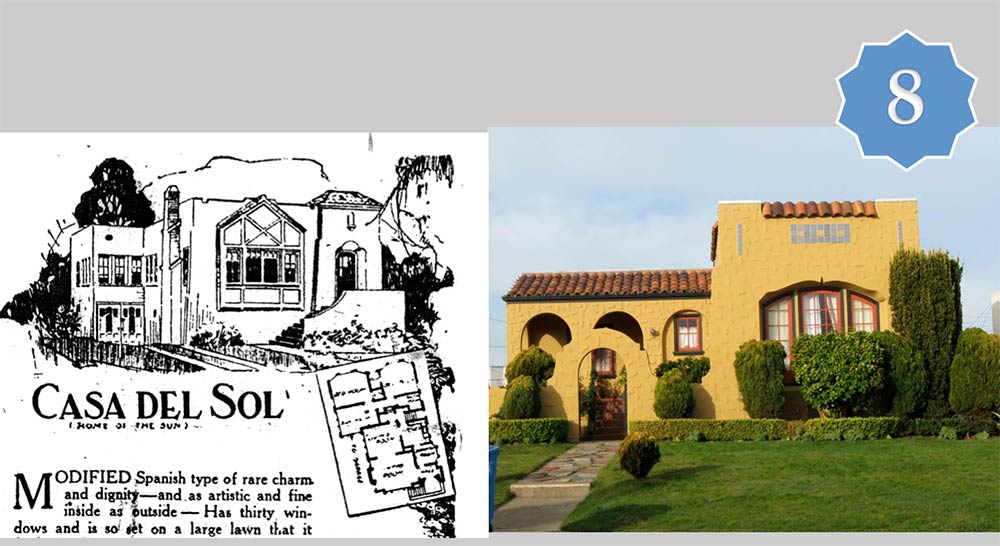
Number 8: Joseph Leonard’s son took over the business after World War I and filled in most of Ingleside Terraces with popular Period Revival styles: lots of Tudor, Colonial, and Mediterranean bungalows advertised with fun names such as “The Martha Washington” and “Casa del Sol.”
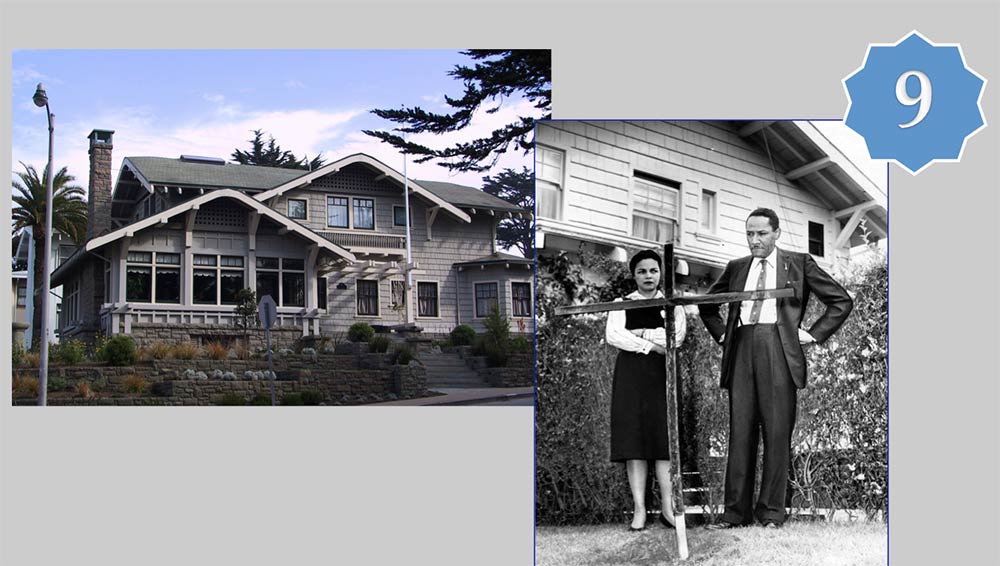
Number 9: The United States Supreme Court made racist housing covenants illegal in the early 1940s, but it wasn’t until the late 1950s that Ingleside Terraces had an African American resident. Assistant District Attorney Cecil Poole, his wife Charlotte, and their daughters moved into 90 Cedro Avenue—Joseph Leonard’s own former house—and in 1958 walked out to a burned cross on their front lawn. Poole was quoted that the deed was done by “some Christian who has lost his way” and defended his neighbors, whom he said had welcomed them. The Pooles paved the way for other African Americans and the gradual integration of the neighborhood.

Number 10: There’s lots more to say about the Pooles, the old racetrack, and Sundial Park, which was recently designated a city landmark, but I encourage you to get out and see it for yourself. It’s a great walking neighborhood. Support some of the local businesses on Ocean Avenue on your field trip.
That’s it! You may have noticed I cheated and snuck a few more images in. It’s all too good... And you can read more! As I said, the book is out of print, sold out, but I’ve made a complete digital version you can read on your device of choice. See you next week.

